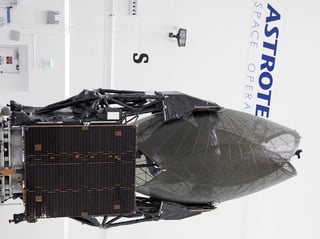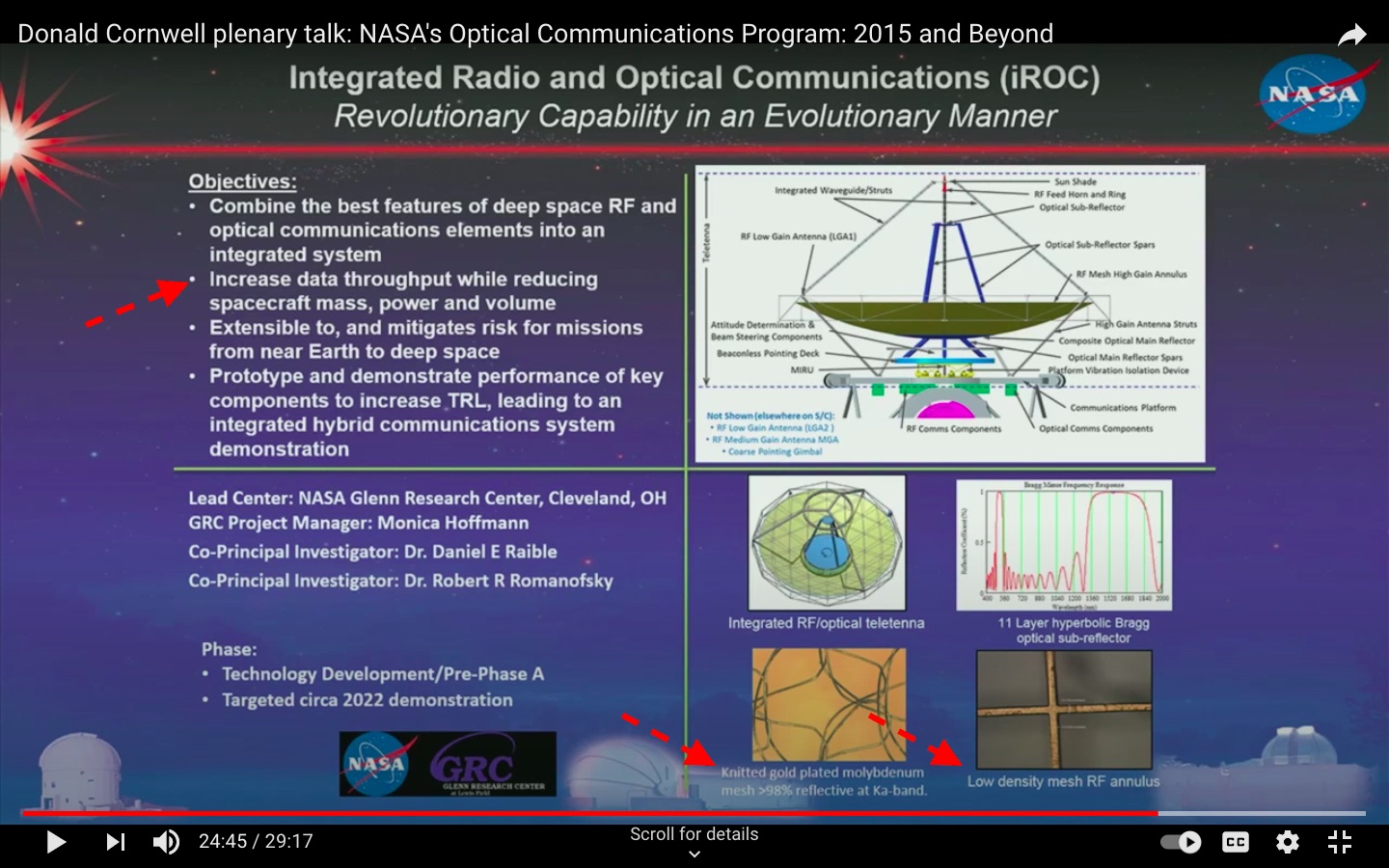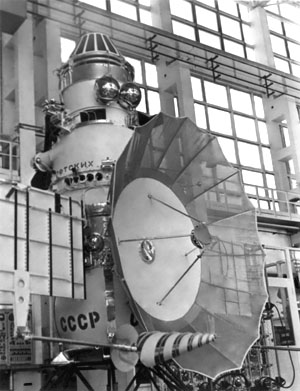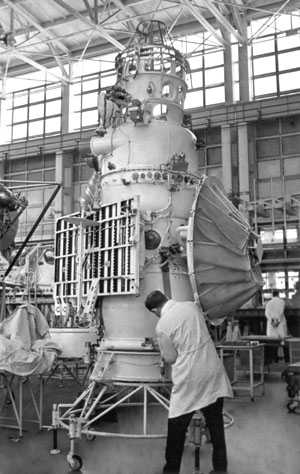This answer to Which deep space spacecraft had main dish antennas that were perforated or made from mesh? tells the tale:
Galileo's troubled high gain antenna was made from "a gold-plated molybdenum wire mesh stretched across 18 graphite-epoxy support ribs".
To my understanding, most if not all deep space dishes are solid these days and many/most Earth orbit dishes are solid. For small ones on big satellites it's not worth it to "go mesh" and for communications in GEO you really want to be absolutely sure that your reflector figure is correct, both for multi-transponder arrays with narrow beams on a single dish and carefully beam-forming irregular dish surfaces for fancy footprints.
A notable exception are the recent TDRS big dishes in (inclined) geosynchronous orbits which are actually folded up like a flower bud for compactness at launch.
Question: Do solid dish antennas on deep space spacecraft (as opposed to meshes) provide any other helpful function? As meteor shields perhaps? As a thermal shield? And even if not designed that way, have they been used in a pinch for anything other than high-gain radio linking?
 Adapted from Source Click for larger view of flexible mesh antenna
Adapted from Source Click for larger view of flexible mesh antenna
(Am I the only one reminded of "Audrey II, an evil and boisterous flytrap-like extraterrestrial plant" from Frank Oz's 1986 Little Shop of Horrors?)
The video Donald Cornwell plenary talk: NASA's Optical Communications Program: 2015 and Beyond was presented at SPIE Photonics West 2015. It's a great talk and worth the time.
After 20:12 a slide is shown that promotes a hybrid deep space communications system where the SDR transmitter electronics can modulate either radio or optical and both are provided. The antenna is shown as a mesh to save weight, with the captions
Knitted gold plated molybdenum mesh >98% reflective at Ka-band.
Low density mesh RF annulus


